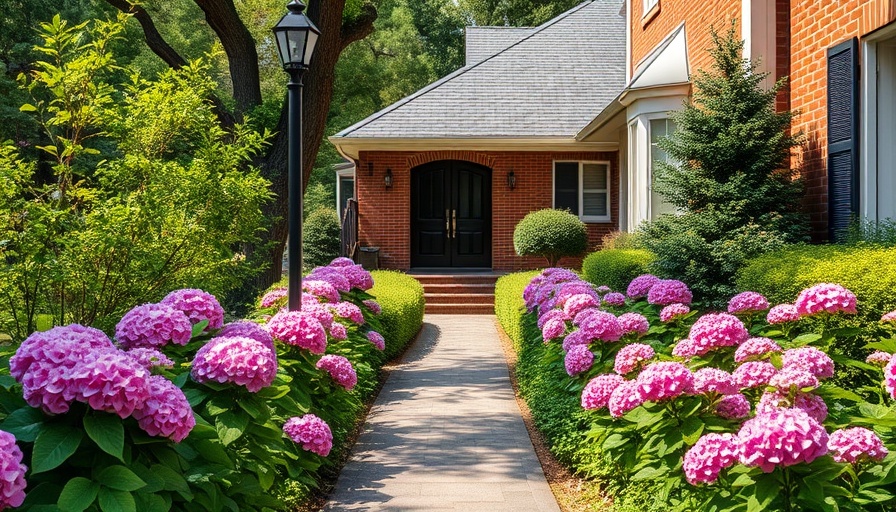
Understanding the Problem: How Grass Invades Flower Beds
Flower beds are meant to be vibrant oases that showcase the beauty of nature, but they often face an unwelcome intruder: grass. This invasion can stem from various sources, including overgrown lawns sprawling into flower patches or random tufts emerging amidst delicate blooms. Grass tends to spread quickly, outpacing many ornamental plants and frustrating homeowners who pour their effort into maintaining picturesque gardens. Understanding how grass encroaches on your flower beds is essential for effective management and prevention.
Exploring Safe Alternatives to Chemical Herbicides
While chemical grass killers may seem like a quick fix, their potential damage to surrounding flowers and shrubs presents significant risks. Many commercial herbicides are non-selective, meaning they don't discriminate between unwanted grass and cherished plants. Homeowners looking to keep their gardens lush and healthy should consider safer alternatives to eliminate unwanted grass while preserving their flower beds. Techniques such as boiling water, vinegar, and salt can kill grass without affecting neighboring plants, though care must be taken to apply them selectively.
Practical Techniques for Targeted Grass Removal
When it comes to eliminating grass from flower beds without resorting to harmful chemicals, several effective methods can be employed. Here are some practical approaches:
- Manual Removal: One of the simplest methods involves pulling the grass by hand or using garden tools to uproot it. This approach is labor-intensive but allows for precision.
- Mulching: Applying a thick layer of organic mulch can suppress grass growth by blocking sunlight and moisture, thus creating a hostile environment for unwanted plants.
- Smothering: Covering the grass with cardboard or landscape fabric for several weeks prevents it from receiving sunlight, ultimately killing it.
- Boiling Water: Pouring boiling water over grass can instantly kill it without harming nearby flowers if done carefully.
Preventative Measures: Keeping Grass at Bay
Once you've successfully eliminated grass from your flower beds, taking preventative measures can help keep it from returning. Regular maintenance practices can significantly reduce the chance of grass resurfacing. Here are a few strategies:
- Establish Clear Edges: Creating distinct boundaries between lawns and flower beds will not only make your garden look more polished but also prevent grass roots from creeping into flower areas.
- Regular Weeding: Make it a habit to regularly inspect your flower beds for any signs of grass and weed it out promptly.
The Importance of Nutrient-Rich Soils
The condition of your garden's soil can also play a pivotal role in managing grass growth in flower beds. Healthy, nutrient-rich soils encourage the growth of flowers and help them compete effectively against weeds and grass. Homeowners can enhance their soil by adding compost and organic fertilizers, significantly improving plant vitality and resilience against invasions.
Conclusion: Cultivating a Thriving Garden
Maintaining a garden free from invasive grass requires awareness, diligence, and smart strategies. While chemical herbicides may seem convenient, opting for safer, targeted methods preserves the beauty of your flower beds and the health of your plants. By implementing various techniques for grass removal and establishing preventative measures, homeowners can cultivate lush gardens that shine with vibrant blooms. Taking these steps not only enhances the visual appeal of your outdoor space but also fosters a healthier ecosystem for your plants to thrive.
 Add Row
Add Row  Add
Add 


Write A Comment